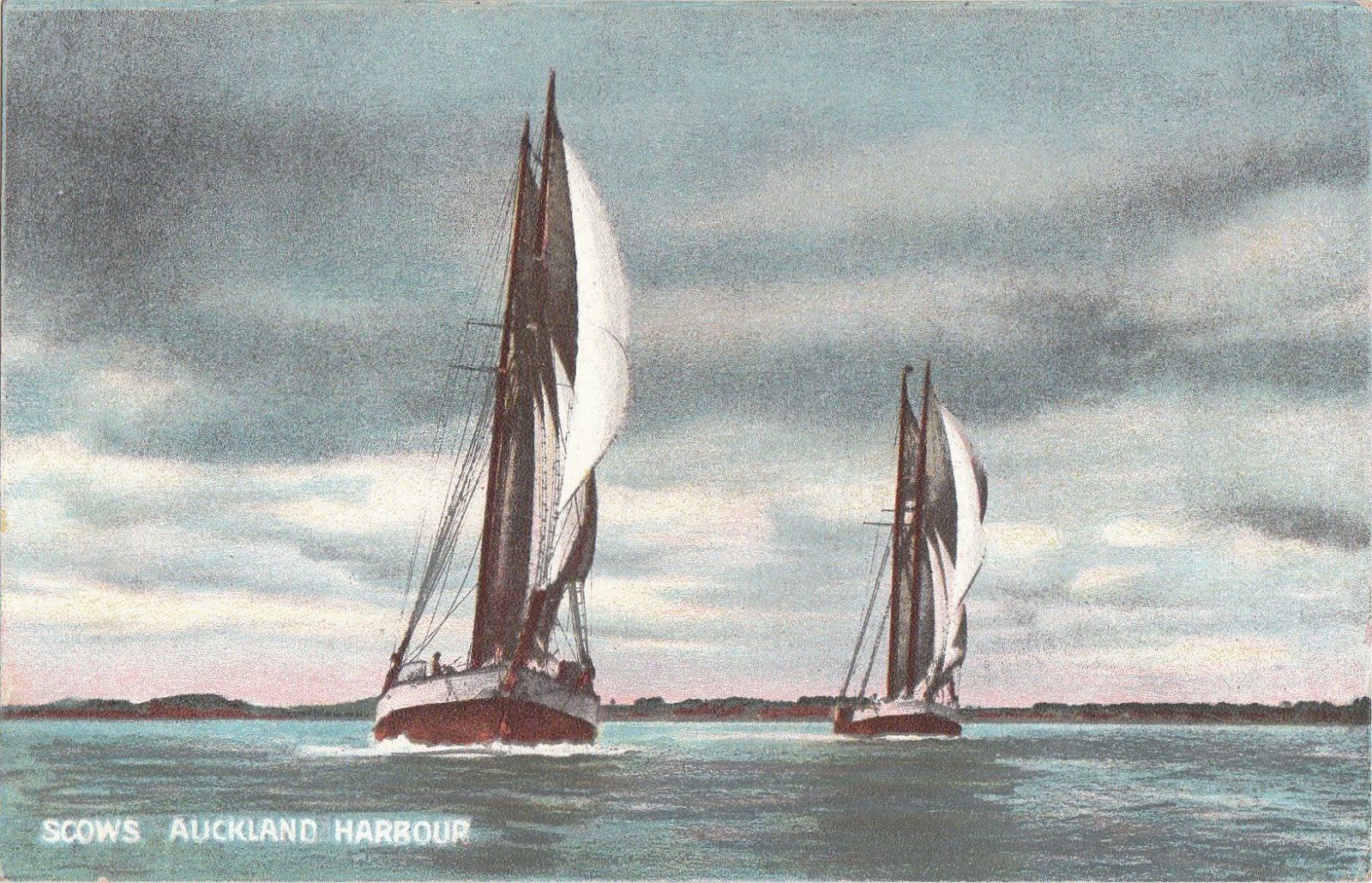2. Albert Charles Beken born circa 1884, reg. 1884/20165, married circa 1912, reg. 1912/2903, Clara Alice Barnard, she died 13 June 1919 at Waimate Hospital, he married secondly 10 November 1920 St Mary's Church, Heathcote, Olive Harriet Annie Meek (the artist Olive Beken) [2] daughter of John and Annie Meek, born 11 July 1897 - died 4 December 1982 Nelson.
3. Henry Beken born circa 1886, reg. 1886/7743
4. Lucy Beken born circa 1891, reg. 1891/6052, married circa 1921, reg. 1921/8415, Joseph William Wilson.
Industrial Exhibition 1895
... Mr Charles Beken shows some exceedingly nice work, one of the most attractive specimens of which is No. 78, an enlarged portrait of a child, charming in its delicacy and softness...
HOW A LIBERAL GOVERNMENT TREATS LABOUR.
TO The EDITOR OF "THE Press
" Sir, —I would like to ask your advice on the following matter: —Last October I did a lot of photographic work for the Government Tourist Department, for their exhibit in the Industrial Exhibition held here last November, and up to date have not been able to get payment for it. My account was rendered to the Tourist Department here, and the officer in charge informs me he "passed" it and forwarded it to the head office. He informs me he has written about it and other accounts for work done for tho same Exhibition, and that none have been paid yet (although it is now six months ago). I have also written myself about it, and was informed that my account had been passed, and that a cheque would reach me at an early date. But the early date does not come. When next I enquired, I was told that all accounts would be squared up before Mr Massey took charge of affairs, but as Mr Massey did not take charge of affairs my account has not been paid. The next time I enquired, it was All accounts would be paid by the end of March the end of the Government financial year. I would be glad if you could inform me what is the best thing to do in the matter. Can I place it in the hands of a solicitor to take proceedings, as the Department evidently does not intend to pay it unless something is done. I would like to state that the prices charged for the work done by me were the prices fixed by the Tourist Department, viz., for lantern slides, 1s each, and for 23in. x 17in. enlargements, 5s each (I would like to know how many firms would like to do work at those sweating prices), and the other work was done at the same ridiculously low rates, and then the Government do not pay for the work till months after. A great proportion of the money was paid out for materials, and as I am only a working man, working on my own account, it is too bad to be kept waiting all these months for my money.—Yours, etc., CHAS. BEKEN.
We trust that the publication of the above letter will have the result desired by our correspondent.—Ed. "The Press.
Diamond Wedding
Mr and Mrs Beken
Mr and Mrs Charles Beken, who celebrated their diamond wedding anniversary this week, have lived all their married life in their present residence in Rossall street. Both are holders of the prized Centennial red ribbon given to residents more than 80 years of age. Mr Beken, who is in his eighty-third year, was born on the Zealandia on its second trip to New Zealand in 1859. The boat took 108 days on the journey. Mrs Beken, who is 82 years of age, was born in Templeton, and is a daughter of the late Mr Edmund Smart, who arrived in Canterbury on the Randolph, one of the First Four Ships. Mr Beken is probably the oldest photographer in Christchurch, and in his photographs taken over a period of 60 years, may be seen the gradual development of the city from the time when there were only a few houses in a swamp where the Cathedral now stands.
From pictures taken on tiny wetplate negatives by Dr, Barker, Christchurch’s first photographer, Mr Beken has produced enlargements as clear, as present-day photographs. The old colonists’ illustrations in the museum are largely his work. At the time of the Scott Expedition he was commissioned to develop many of the plates taken in the south, and he has an interesting record of the expedition. A photograph which he prizes is one showing the turning of the first sod of the Midland Railway in 1887. Mr Beken, who was then a cabinetmaker in the employ of A. J. White, Ltd., made the barrow which appears in the foreground of the picture. Mr White brought the first cinema projector to Christchurch, and Mr Beken, in association with Messrs Burmister and Lowe, gave the first cinema entertainment in the Opera House where St. James’s Theatre now stands. Mr Beken, who was a pioneer cyclist, still uses his bicycle as his principal means of transport. His first “high bike.” a wooden-wheeled one, is now in the Christchurch museum.
New Zealand Memories by Brenda Guthrie, M.B.E.
Published - John Lane, The Bodley Head Limited, 1930.
 |
| Ti Tree, or Manuka" |
 |
| Mt. Cook and Hooker Glacier shewing Mountain "Lillies" |
 |
| "Bush" showing Birch trees and ferns |
 |
| Ribbonwood, native of New Zealand |
 |
| Mountain Daisies |
 |
| Mountain Lillies which love the snow |
A photograph of the Canterbury Museum by Charles Beken is shown in "Heritage New Zealand," Historic Places Trust, page 54, issue 130, Spring 2013.
Olive Beken
Press, Volume LVI, Issue 16995, 18 November 1920, Page 2
[1] Lyttelton Times, Volume XII, Issue 733, 16 November 1859, Page 4
[2] Press, Volume LVI, Issue 16995, 18 November 1920, Page 2















































